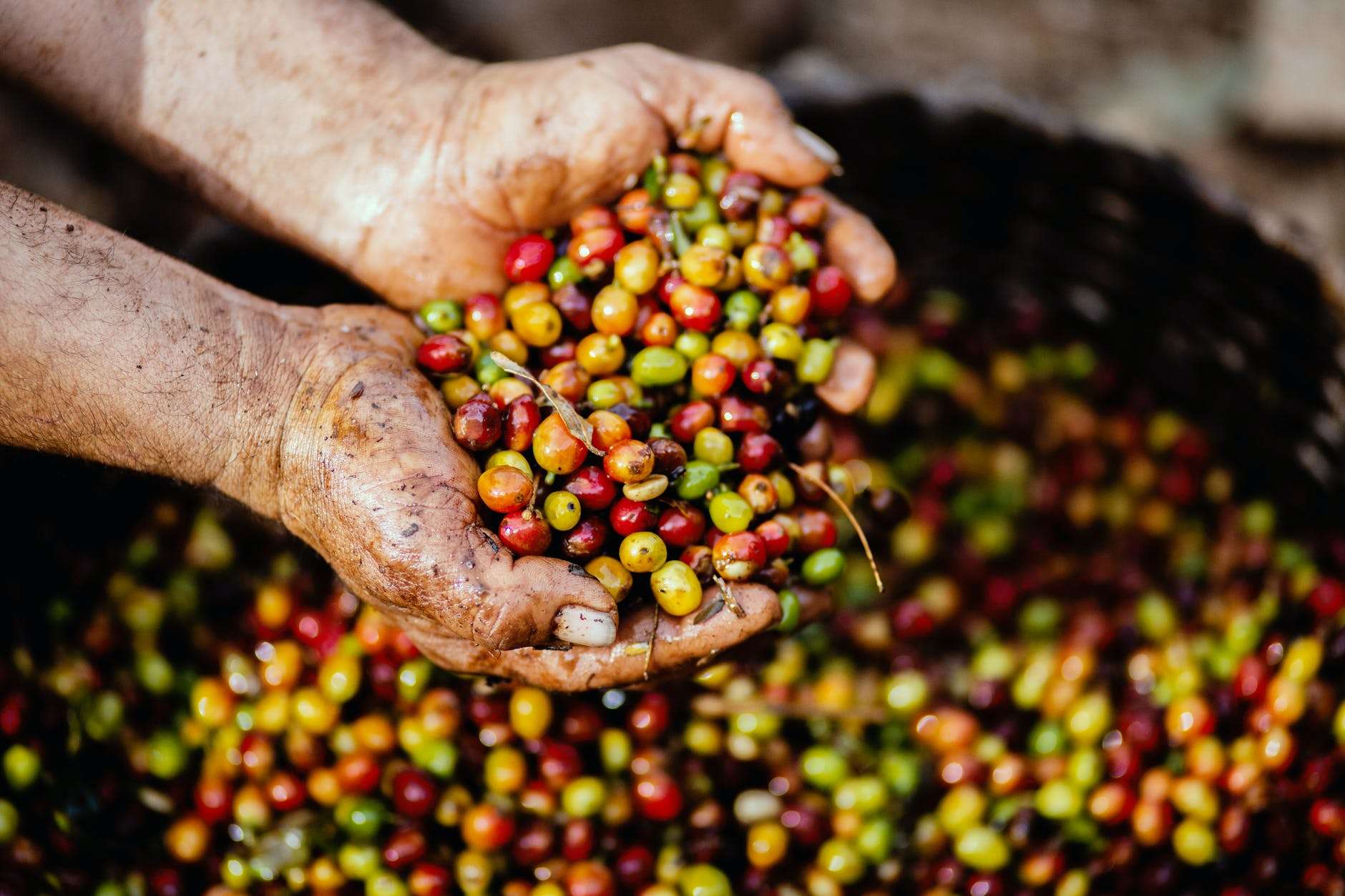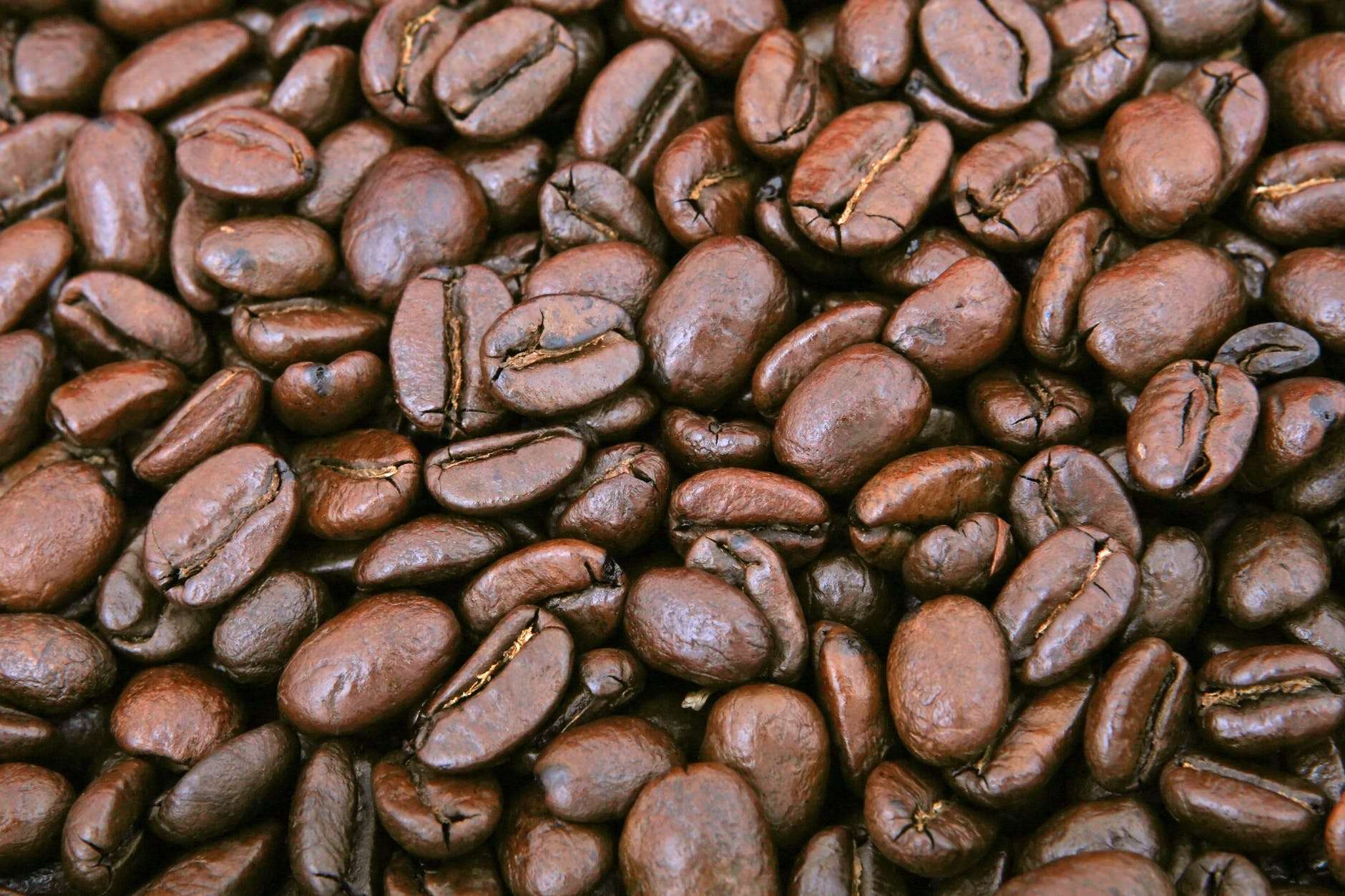I was in Costa Rica in 2019 (and a highly recommend it). While making my morning coffee today, I realized how many things I still remember from that 2-hour visit to a coffee and cacao farm. Here are some of them:
1) It takes 3 years from seedling to producing your own coffee. Time to appreciate your morning coffee a bit more!
2) During the first pick, quality coffee farmers only pick the coffee berries that meet certain criteria. During the last pick, they pick everything. After the drying process, green beans go for medium roast, and everything else goes for dark.
3) The coffee fruit is a berry, consisting of a sweet juice and the bean.

4) If you prefer your coffee acidic and fruity, go for light or medium roast. If you are after a stronger and more smokey taste, go for dark roast. You can recognize dark roasted beans from their black color and oily texture (caused by the heavier roasting, which brings the natural oils of the bean to its surface).

5) Arabica is considered better quality, can have a sweeter and more acidic taste, but contains much less caffeine and is more vulnerable to external factors such as pests, diseases and weather conditions. Robusta is more resistant to the above external factors, contains more caffeine, takes less time to yield fruits, and can produce bigger crops. This is why the big coffee corporations generally prefer robusta.
6) The best way to have a fresh cup of morning coffee is to grind it at home right before you brew it. Ground coffee stays fresh for a week or so, while coffee beans can stay fresh for months, as long as you keep them in an airtight container at room temperature.
7) The cream of your espresso is actually gases extracted from the coffee. It can tell a lot about the coffee beans and the production process.

8) We own our morning coffee to… goats. As the legend has it, a goat herder in Ethiopia noticed that his flock was energized after eating some red berries. He tried them himself, but found them bitter, so he threw them in the fire, which resulted in some nice aromas.
And lastly, something I read in the must-read book “Why We Sleep”: caffeine has a half-life of about 5 hours. This means that if you drink an espresso at 7am and another one at 2pm, you will have consumed 300 mg more than the daily recommended dose. Even worse, at 11pm you will still be 100% alert. You may still fall asleep, but the extra caffeine in your body will impact negatively the quality and restorative effectiveness of your sleep.
Do you want to be more alert and healthier? Sleep more and have only one (yet amazing) morning coffee each day. It was one of my 2021 resolutions, and it definitely worked well for me.
Here is a coffee kick calculator to estimate your alertness during the day.





